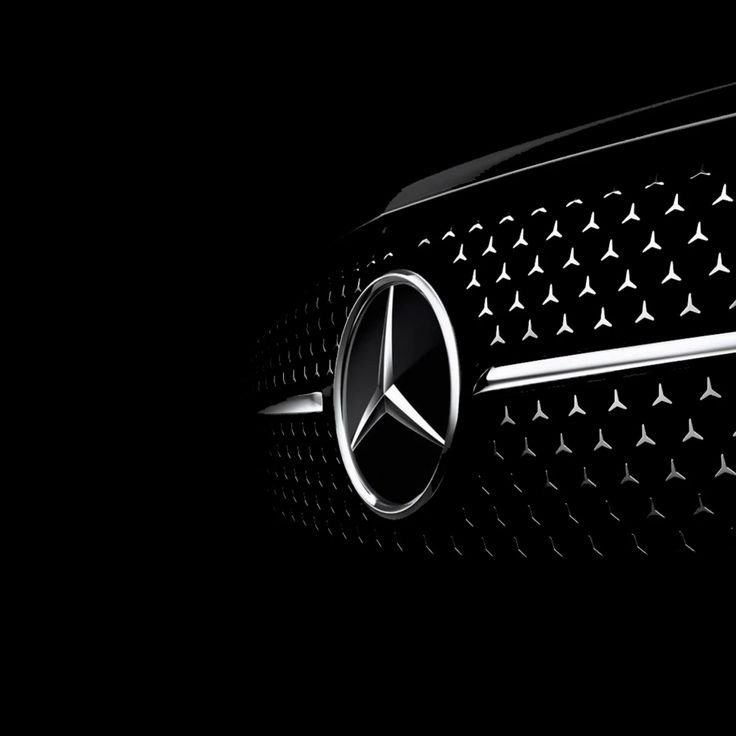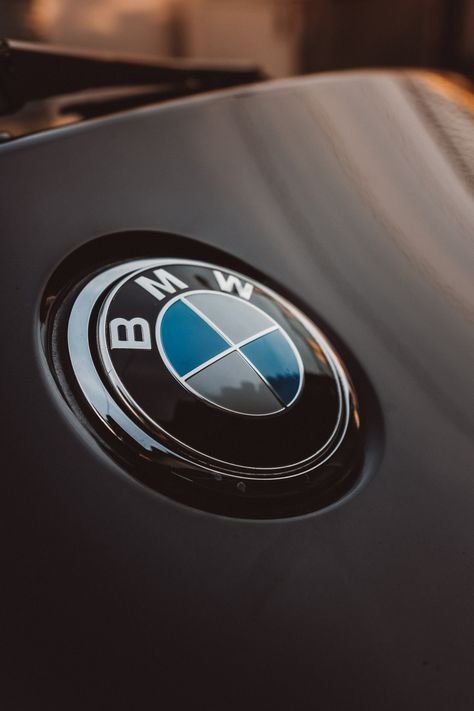
The global electric vehicle (EV) market has entered its fiercest chapter yet—and Europe sits at the heart of it. Two giants now dominate the narrative: Tesla, the American pioneer, and BYD (Build Your Dreams), the Chinese powerhouse. Their battle for market share has shifted from North America and China to the highly competitive and environmentally conscious European market.
This clash isn’t just about cars. It represents a deeper struggle for technological dominance, supply chain control, brand loyalty, and geopolitical influence. As Tesla and BYD ramp up production, sharpen pricing strategies, and tailor models for European preferences, the entire auto industry watches closely.
So how did we get here—and who looks poised to win?
Tesla: The Early Mover Advantage
Tesla entered the European market early. It opened its first European Gigafactory in Berlin-Brandenburg (Germany) in 2022 and quickly scaled production of the Model Y for the continent. Elon Musk’s brand built its identity around innovation, autonomy, and performance. European consumers responded with enthusiasm.
Tesla didn’t just sell cars—it sold a lifestyle. Its Supercharger network, frequent software updates, and minimalist interiors created a fan base unlike any other. In 2023 and 2024, the Model Y became Europe’s best-selling car—EV or not.
By 2025, Tesla had established strongholds in Germany, Norway, the Netherlands, and the UK. But while it enjoyed brand loyalty and premium status, cracks started to show.
BYD: The Quiet Giant Awakens
While Tesla grabbed headlines, BYD quietly rose to dominance in China. It surpassed Tesla in global EV sales in late 2023, thanks to its strong domestic base, aggressive pricing, and vertical integration. BYD builds everything—from batteries and semiconductors to EV drivetrains—allowing it to control costs and outmaneuver supply chain issues.
BYD entered the European market with a different playbook. Instead of positioning itself as a premium brand, it targeted the mass-market segment, where affordability meets utility. It launched models like:
-
BYD Atto 3 – A compact SUV aimed at young families
-
BYD Dolphin – A stylish hatchback perfect for city driving
-
BYD Seal – A sleek sedan that competes with the Model 3
European regulators approved BYD vehicles quickly. The company partnered with local dealers and offered competitive financing, flexible warranties, and tailored features for European roads.
Market Share & Sales Data: 2025 So Far
As of Q1 2025, Tesla still leads in brand recognition and premium EV sales across Europe. However, BYD has grown rapidly, capturing double-digit market share in several countries.
Germany
-
Tesla: 18% EV market share
-
BYD: 9% and rising
France
-
Tesla: 12%
-
BYD: 7%
UK
-
Tesla: 14%
-
BYD: 6%, but outperforming in the sub-£30,000 category
Norway
-
BYD surged to 11% market share in early 2025, thanks to demand for the Atto 3
If these trends continue, analysts expect BYD to overtake Tesla in unit sales across Europe by mid-2026, especially in price-sensitive markets like Southern and Eastern Europe.
Pricing Strategy: A Key Battleground
Tesla has always positioned itself as a premium brand. But in 2024, it shocked the industry by slashing prices globally to stay competitive. This strategy narrowed Tesla’s profit margins but boosted volume.
BYD, however, entered the market with low-cost vehicles from the start. Its compact EVs often undercut Tesla’s offerings by £5,000 to £10,000 without sacrificing range or features.
For example:
-
BYD Dolphin (Europe Version) – Starting around €29,000
-
Tesla Model 3 (RWD) – Starting around €39,000
This aggressive pricing pressured not only Tesla but also European brands like Renault, Peugeot, and Volkswagen, who struggle to match BYD’s cost efficiency.
Manufacturing Footprint in Europe
Tesla’s Gigafactory Berlin remains a major strategic advantage. It produces thousands of Model Ys monthly and reduces Tesla’s reliance on long-distance shipping. European buyers enjoy faster deliveries and locally adjusted configurations.
BYD, however, doesn’t sit idle. In late 2024, it announced plans for its first European manufacturing facility in Hungary, set to open in 2026. The plant will allow BYD to bypass tariffs, cut logistics costs, and qualify for local subsidies.
BYD’s move mirrors Japanese and Korean strategies from the 1980s—build locally, sell globally. Once the Hungarian plant goes live, BYD’s pricing and delivery timelines will improve even further.
Charging Infrastructure: Tesla’s Trump Card
Tesla maintains a strong edge in one critical area—charging. Its Supercharger network stretches across Europe, offering fast, reliable, and widespread EV charging. Tesla recently opened its network to non-Tesla drivers in several countries, generating revenue while increasing brand exposure.
BYD relies on public infrastructure or third-party providers like IONITY or Shell Recharge. These networks remain patchy in rural areas and often deliver slower charging speeds. Until BYD forms charging partnerships or builds its own network, Tesla will hold the infrastructure advantage.
Brand Perception & Cultural Headwinds
In Europe, brand matters—and Tesla continues to enjoy strong emotional resonance. Consumers associate it with cutting-edge technology, clean design, and the charisma of Elon Musk (for better or worse).
BYD still sounds unfamiliar to many European drivers. Some question the reliability of a Chinese brand, despite BYD’s solid safety ratings and five-star Euro NCAP results. Geopolitical tension between China and the West also raises concerns about data security and trade policies.
To overcome this, BYD invests heavily in marketing. It sponsors sports events, partners with local dealerships, and pushes positive press about its green initiatives and safety benchmarks.
Regulatory Environment & Tariffs
Europe’s strict emissions regulations benefit both Tesla and BYD, since both companies exclusively sell zero-emission vehicles. However, local automakers worry that China-based EV makers enjoy unfair advantages due to state subsidies.
In 2025, the EU Commission launched an investigation into EV imports from China, including BYD. If the EU imposes tariffs or limitations, BYD could face headwinds. Tesla, with its European production base, would remain insulated from such trade disputes.
The Bigger Picture: What’s at Stake?
This Tesla vs BYD rivalry goes beyond cars. It symbolizes a larger shift in global technological power. For decades, Europe relied on legacy automakers like Volkswagen, Peugeot, and Fiat. Now, new players redefine the game.
Tesla brings Silicon Valley innovation. BYD brings Shenzhen efficiency. Both threaten to erode the dominance of traditional European carmakers unless they adapt—and fast.
Who’s Winning the Battle?
As of 2025, Tesla leads in branding, infrastructure, and local production. But BYD grows faster thanks to affordability, vertical integration, and targeted entry models.
In the premium EV market, Tesla remains king. But in the budget and mid-tier segments, BYD already wins the volume race. If it launches new models tailored to European tastes—and ramps up local manufacturing—BYD could become Europe’s most popular EV brand by 2027.
Conclusion
The Tesla vs BYD battle in Europe represents the most exciting chapter of the EV revolution. Both companies push boundaries, challenge norms, and shape the future of mobility.
As prices drop, innovation accelerates, and regulations tighten, the ultimate winners will be European consumers—who gain better options, lower costs, and cleaner cars.
But for automakers, the war is just beginning.







